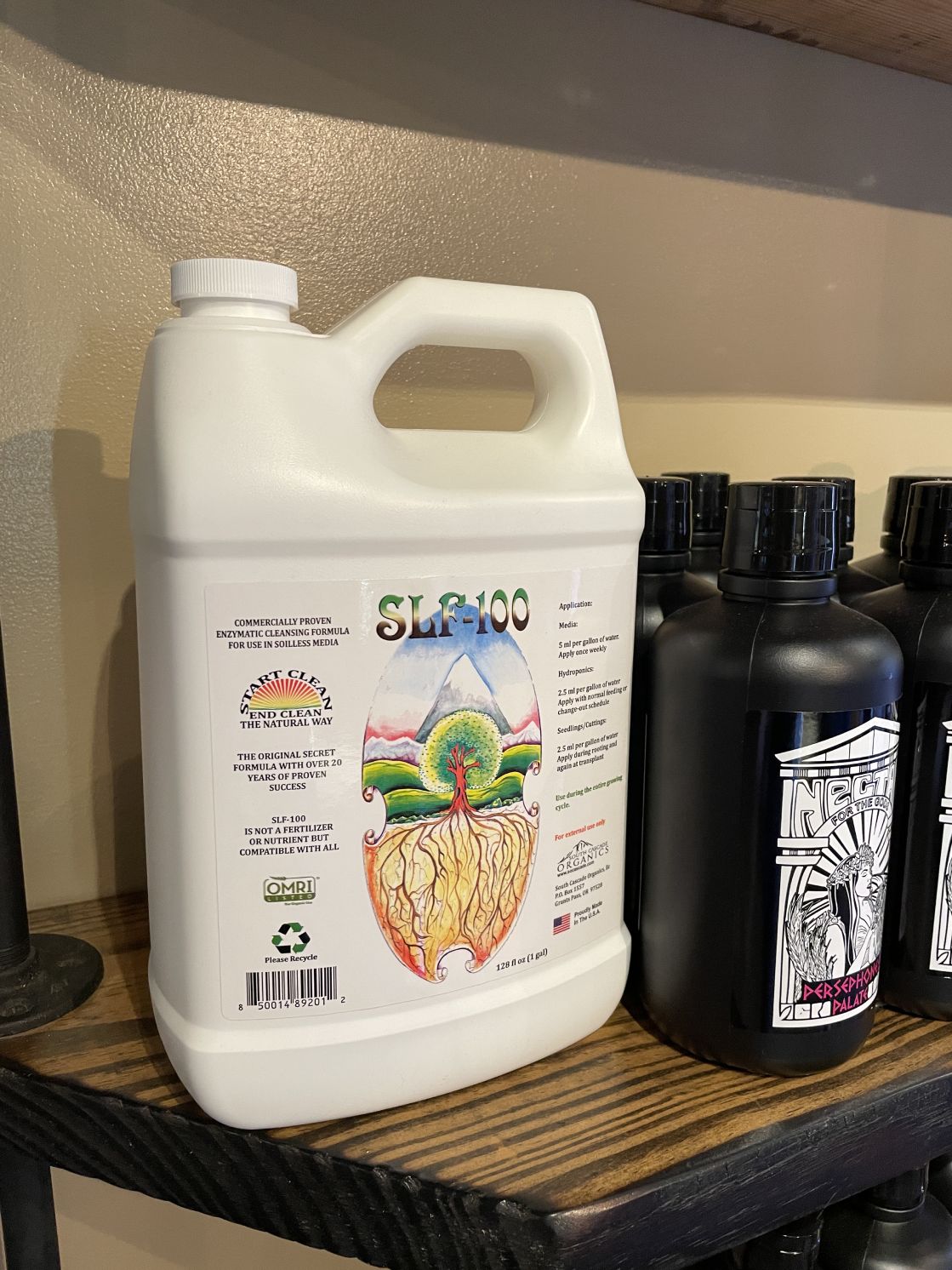Utilizing the Power of Hydroponics: a Deep Dive Into Makes Use Of and Different Types
In the realm of modern-day agriculture, hydroponics has actually become an approach that tests standard farming techniques by offering a water-efficient and space-saving option. The use of hydroponic systems opens a world of opportunities for cultivating plants in varied atmospheres, ultimately impacting food production and sustainability. As we browse through the intricate landscape of hydroponics, exploring its various types and applications, a much deeper understanding of its prospective to change farming techniques and address international food protection concerns begins to unfold.
Benefits of Hydroponic Farming
Hydroponic farming provides numerous benefits over standard soil-based agriculture. One of the main benefits is water efficiency; hydroponic systems use up to 90% much less water contrasted to conventional farming approaches.
In addition, hydroponic farming enables for greater control over nutrient degrees, resulting in faster plant development and higher returns. By giving crucial nutrients straight to the plant origins, hydroponic systems promote healthier and much more durable plant development. In addition, the controlled setting of hydroponic systems minimizes the danger of bugs and conditions, lowering the requirement for unsafe chemicals and herbicides.

Common Kinds of Hydroponic Solutions
Given the countless advantages of hydroponic farming, it is important to discover the numerous typical kinds of hydroponic systems utilized in modern-day agriculture. One widespread kind is the Deep Water Culture (DWC) system, where plant roots are immersed in a nutrient solution. One more common system is Nutrient Movie Technique (NFT), which entails a slim movie of nutrient-rich water moving over the roots - The Indoor Earthworm. The Ebb and Circulation system, likewise understood as Flood and Drainpipe, periodically floodings the plant roots with nutrient remedy prior to draining it. Aeroponics stands out for its technique of putting on hold plant roots airborne and misting them with a nutrient remedy. Drip systems supply a managed amount of nutrient service straight to the plant's base. Wick systems, the simplest kind of hydroponics, make use of a wick to passively supply nutrition remedy to the plant roots. Each of these systems provides and offers special advantages to different plant kinds and development phases in hydroponic agriculture.
Nutrient Film Strategy (NFT) System

One of the vital benefits of the NFT system is its water performance. The Indoor Earthworm. Given that the nutrient service is recirculated in a closed system, this approach makes use of considerably much less water compared to standard dirt farming. Additionally, the NFT system is space-efficient, making it perfect for interior farming or in locations with restricted space for typical farming
Nonetheless, the NFT system requires cautious monitoring and upkeep to guarantee the constant circulation of water and nutrients. Any disruption in the circulation can swiftly impact plant wellness. On the whole, the NFT system provides a effective and sustainable means to grow plants hydroponically, especially for plants that flourish in well-oxygenated root settings.
Deep Water Society (DWC) System
Moving from the Nutrient Movie Method (NFT) system, the Deep Water Society (DWC) system is a hydroponic method that entails putting on hold plant roots directly in a nutrient solution. Unlike NFT, where roots are continuously exposed to a slim movie of nutrient service, DWC plants have their roots submerged in a tank loaded with aerated nutrition water. The roots dangle in the nutrient service, enabling for direct uptake of water and important recommended you read nutrients.
Among the key benefits of the DWC system is its simpleness and reduced maintenance needs. The consistent accessibility to oxygen and nutrients advertises fast growth and higher returns. DWC systems require adequate oygenation to avoid root rot and make certain ideal nutrient absorption. Regular monitoring of pH degrees and nutrient concentrations is important to avoid imbalances that can hurt plant wellness.
Aeroponic System
An ingenious method in hydroponics farming, the Aeroponic System utilizes a misting or misting system to supply nutrients directly to plant origins suspended in the air. This system is recognized for its capacity to advertise rapid development and reliable nutrient uptake as a result of the straight distribution of nutrients to the roots, allowing the plant to focus its energy on growth as opposed to browsing for nutrients. In an aeroponic setup, plants are usually housed in a shut environment where the origins are intermittently misted with a nutrient option. This misting cycle makes certain that the roots obtain adequate oxygen, promoting healthy and balanced root development and total plant growth.
Among the vital benefits of aeroponics is its water efficiency, as the system utilizes dramatically much less water contrasted to traditional soil-based cultivation techniques. Additionally, the accurate shipment of nutrients directly to the roots can lead to higher yields and faster growth rates. While aeroponics can be much more complicated to establish up and preserve compared to other hydroponic systems, its capacity for enhanced plant growth and efficiency makes it a popular option for commercial farmers and hydroponic fanatics seeking optimum results.
Final Thought
To conclude, hydroponic farming provides numerous advantages and numerous sorts of systems to select from. The Nutrient Film Technique (NFT) system, Deep Water Society (DWC) system, and Aeroponic system are amongst one of the most typical you could check here techniques used in hydroponics. Each system has its very own advantages and limitations, making it necessary for farmers to carefully consider their demands and see page choices before selecting one of the most ideal system for their crops.
Unlike other hydroponic systems where plants are immersed in a nutrient option, in the NFT system, the roots are revealed to the water just in a superficial movie.Moving from the Nutrient Film Strategy (NFT) system, the Deep Water Culture (DWC) system is a hydroponic method that entails putting on hold plant roots straight in a nutrient option.An ingenious method in hydroponics farming, the Aeroponic System makes use of a fogging or misting system to supply nutrients directly to plant origins suspended in the air. The Nutrient Movie Method (NFT) system, Deep Water Culture (DWC) system, and Aeroponic system are amongst the most typical approaches utilized in hydroponics. Each system has its own benefits and limitations, making it essential for farmers to carefully consider their requirements and choices before picking the most appropriate system for their plants.